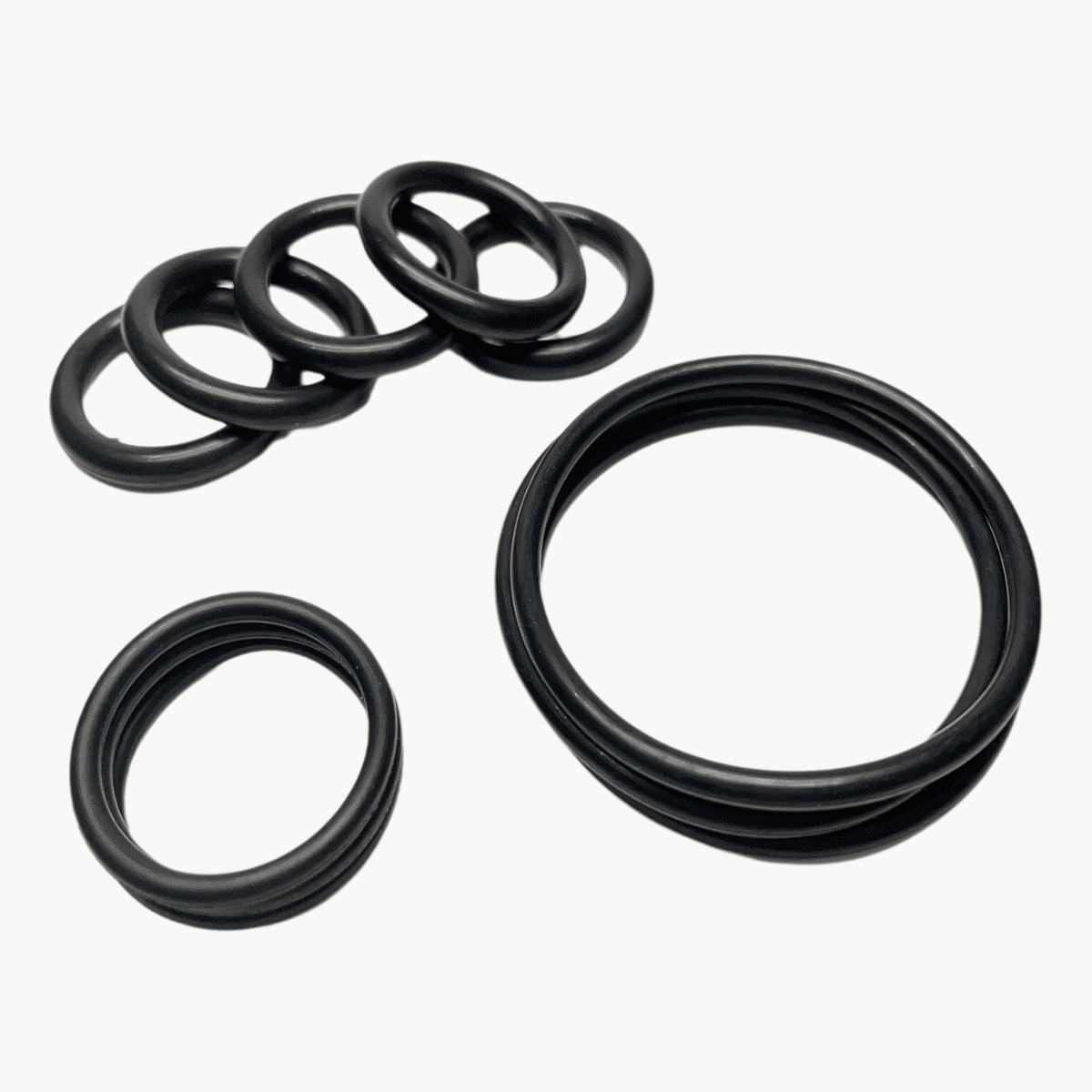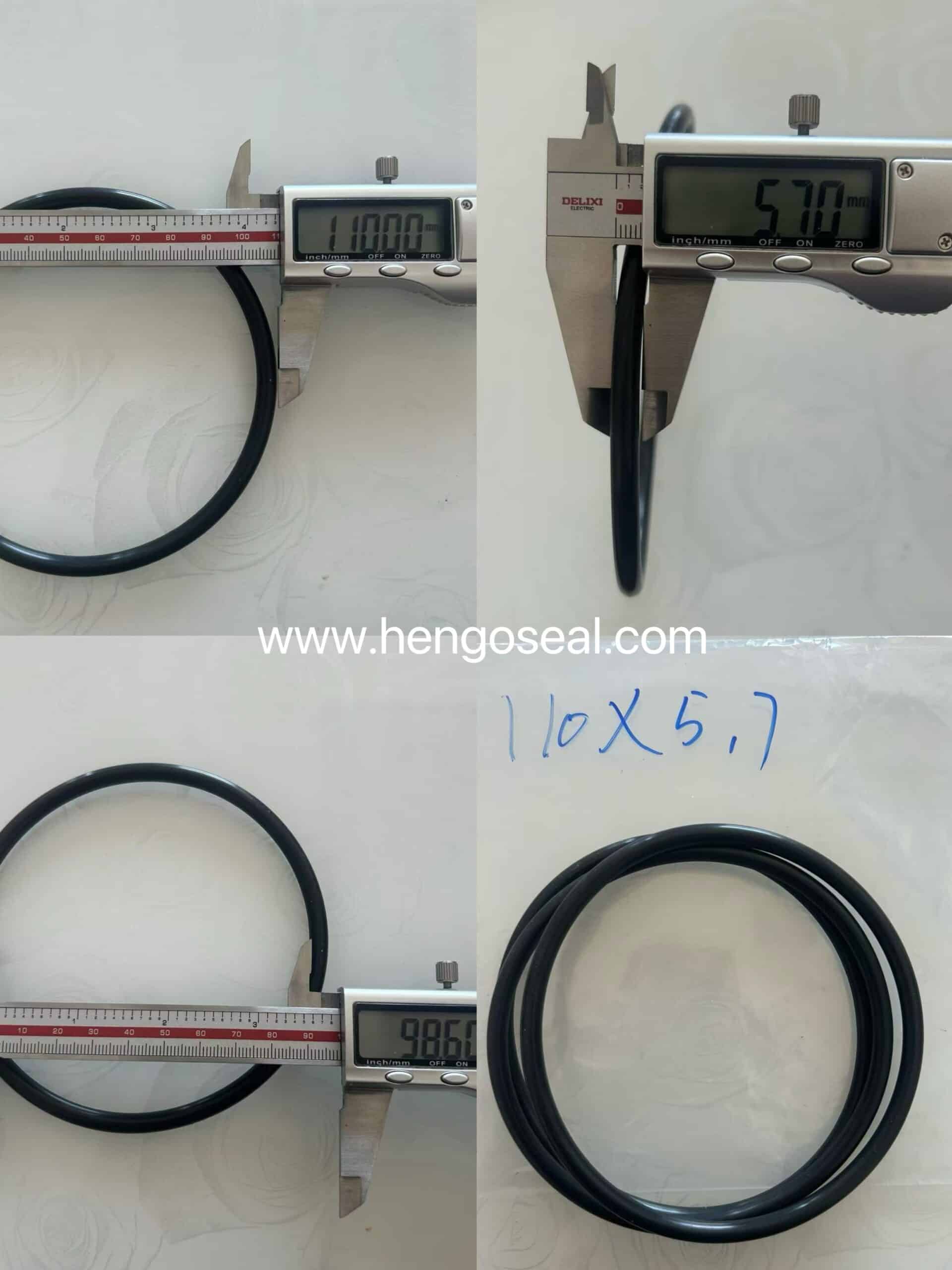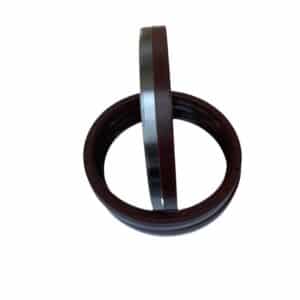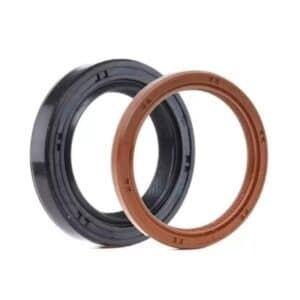NBR O-rings are vital in sealing systems exposed to oil, fuel, and pressure. Learn why they remain an industrial favorite and how to choose the best ones for your applications.
NBR (nitrile rubber) offers excellent resistance to petroleum-based substances, making it ideal for automotive, hydraulic, and pneumatic systems.

Let’s explore real-world questions to help you make a smart choice.
What are NBR O-rings used for?
NBR O-rings are used in systems that demand high oil and fuel resistance.
They are found in automotive fuel systems, hydraulic cylinders, pneumatic valves, and general industrial equipment. Their popularity stems from their reliability, affordability, and performance under pressure.
👉 Jelajahi Halaman produk NBR O-Ring for custom sizes and specs.
What is the temperature range of NBR O-rings?
NBR O-rings operate from -40°C to 120°C, depending on the formulation.
This range suits most industrial environments. For higher temperature sealing, consider switching to Cincin-O FKM.
Are NBR O-rings resistant to chemicals?
Yes—for petroleum-based oils and fuels, NBR offers strong resistance.
However, it performs poorly against ozone, ketones, and strong acids. For broader chemical resistance, refer to our FKM vs. NBR guide.
Can NBR O-rings be used in food processing?
No—standard NBR isn’t FDA-approved for direct food contact.
For food-safe sealing, choose Cincin O Silikon atau Cincin O EPDM.
How do you measure an NBR O-ring for replacement?

Measure inner diameter (ID), cross-section (CS), and outer diameter (OD) using calipers.
Refer to our Metric Buna O-Ring selection guide for best practices.
Kesimpulan
NBR O-rings are critical for leak-free performance in oil and fuel systems. Choose the right specs and pair with proper installation to extend service life.
Get Expert Help Today
📩 Surel: [email protected]
WhatsApp: +86 17622979498
Related Post
- How to Measure O-Ring Sizes Accurately
- FKM vs NBR O-Rings: Which is Better?
- Metric Buna O-Rings: How to Measure & Choose the Best Fit in 2025?


